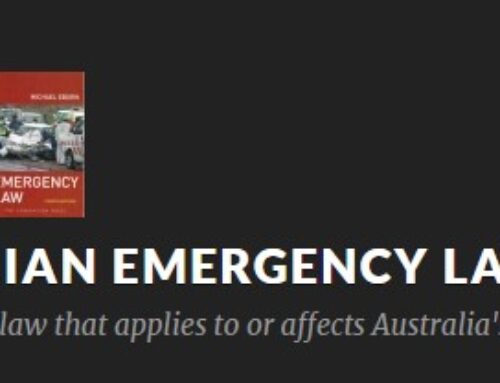One of the many things the association has been working on behind the scenes for years is engaging with the Local Government Insurance Scheme (LGIS) to develop information and tools that help Local Government Councillors and Officers stay on top of the facts regarding their obligations and responsibilities about Bush Fire Brigades and their volunteers.
While there is still a lot of misinformation and anxiety floating around out there, the article published by the LGIS below is a first step toward providing facts and assurance to those who are being led to believe they might have unmanageable personal liability as part of their role with a Local Government.
A local government’s safety obligations
Local government organisations must, as far as ‘reasonably practicable’ ensure volunteers are not harmed as a result of work carried on their behalf. Most would agree that the role bushfire volunteers carry out on behalf of local government, is valuable and high risk.
Whilst legislation does not specify the steps local government must take to prevent harm to volunteers – it’s important to consider the severity of any potential injury and harm to health, the likelihood of this harm occurring, and the availability of both financial and physical control measures. The legislation is broad and states that hazards and risks must be identified, assessed, and controlled in a ‘reasonably practical’ manner.
The level of risk associated with the volunteer activity will influence the actions required by a local government. For those local governments that have a team of bushfire volunteers there will need to be extensive action to ensure bushfire volunteers are not harmed, and return home safe and well to their families.
Doing what is ‘reasonable and practical’ will depend on the circumstances of each case. It is expected that local governments undertake the following activities, to demonstrate their commitment to ensuring the safety of bushfire volunteers.
https://lgiswa.com.au/newsfeed/news/detail/122?selectedDate=Latest%20News&pageNo=1&subject=Select
Local government responsibility |
Practical steps to achieve |
|---|---|
|
|
|
|
|
|
|
|
|
|
|
|
|
|






